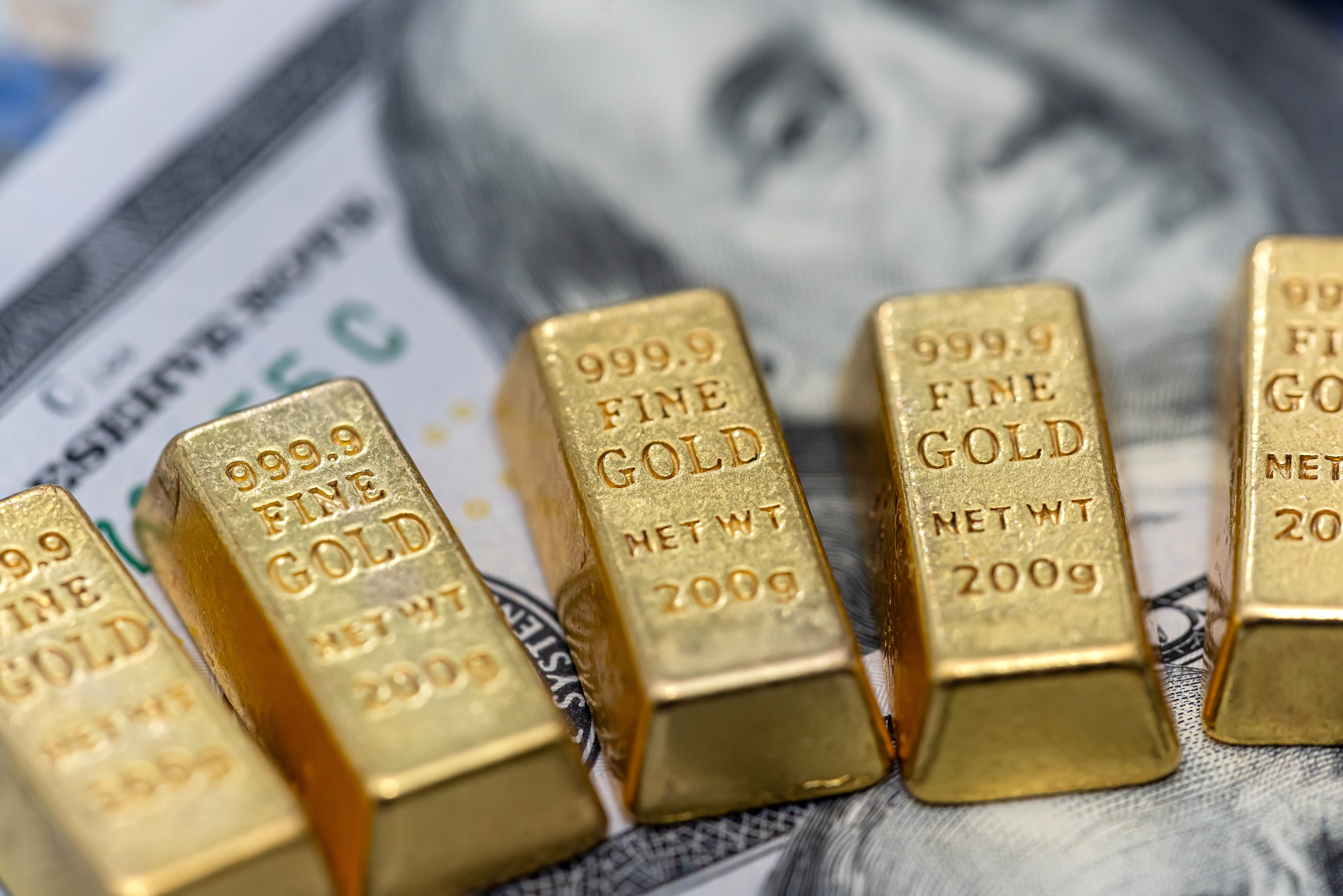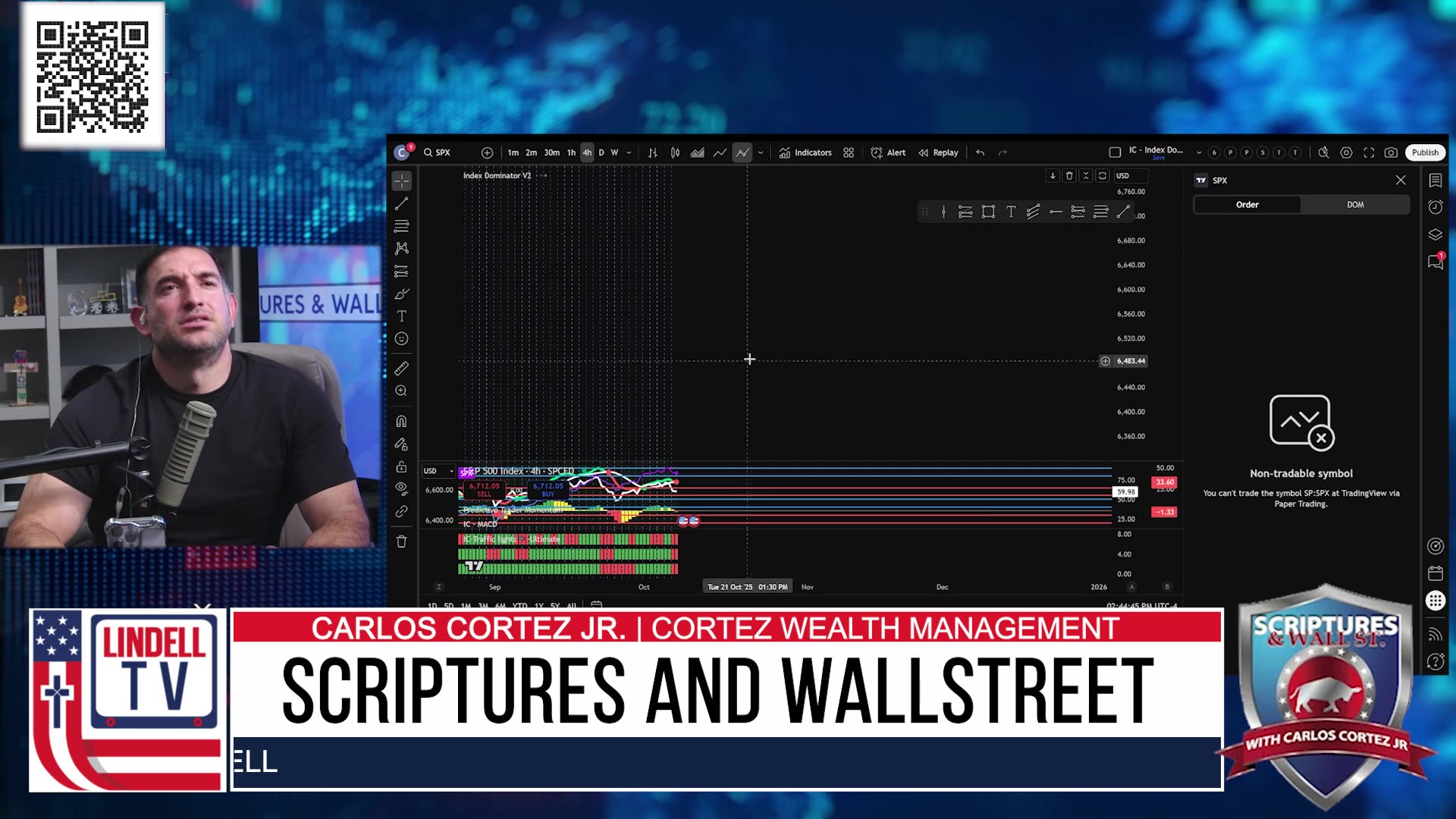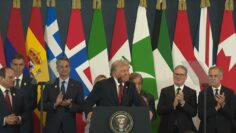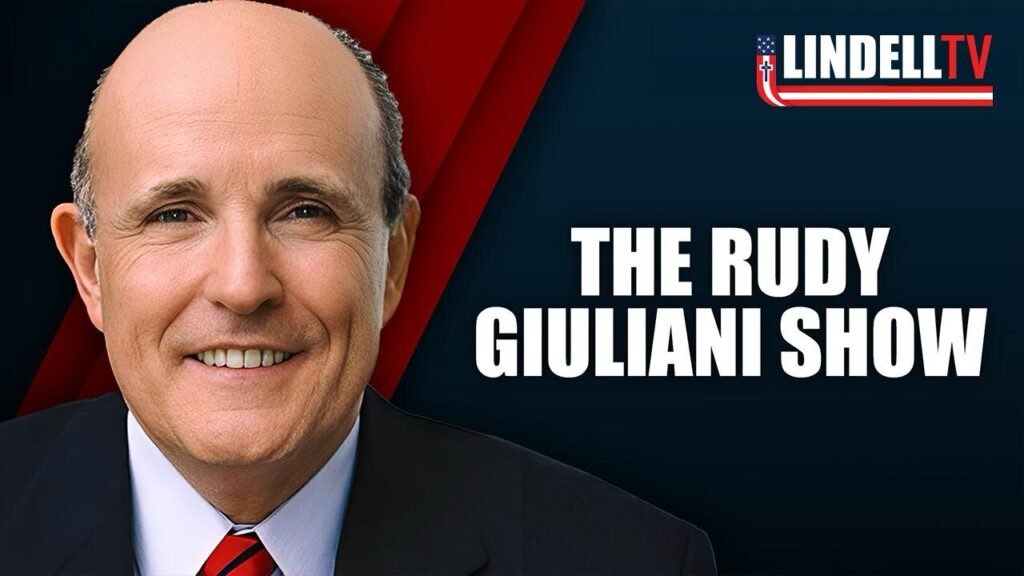
What is driving up the price of Gold?
By Easton Martin | October 14, 2025
Gold futures have surged more than 11% in October, reaching a record $4,179.48 per ounce on October 14. Investors are flocking to the safe-haven metal as economic uncertainty and geopolitical tensions continue to weigh on markets.
A major factor driving the rally is expectations that the U.S. Federal Reserve will cut interest rates. Markets are pricing in a 25 basis point reduction in both October and December, with probabilities of 99% and 94%, respectively. Lower rates reduce the cost of holding non-yielding assets like gold, increasing its appeal.
Renewed trade disputes between the U.S. and China have also contributed to the surge. Potential high-level meetings between President Trump and Chinese President Xi Jinping, along with escalating trade measures, have heightened uncertainty. In such environments, gold is often viewed as a safe store of value.
The weakening U.S. dollar has added further support. As the dollar declines, gold becomes cheaper for buyers using other currencies, increasing global demand. Central banks around the world are also buying more gold, with annual purchases surpassing 1,000 tons since 2022. These purchases reflect concerns about asset security and a desire to diversify away from dollar-denominated holdings.
The rally has implications for both investors and markets. Many are turning to gold-backed ETFs and gold IRAs as hedges against volatility. Analysts from Bank of America and Societe Generale have raised their forecasts, suggesting gold could reach $5,000 per ounce by 2026. At the same time, some experts caution that rapid gains may signal broader economic uncertainty and potential short-term price swings.




























